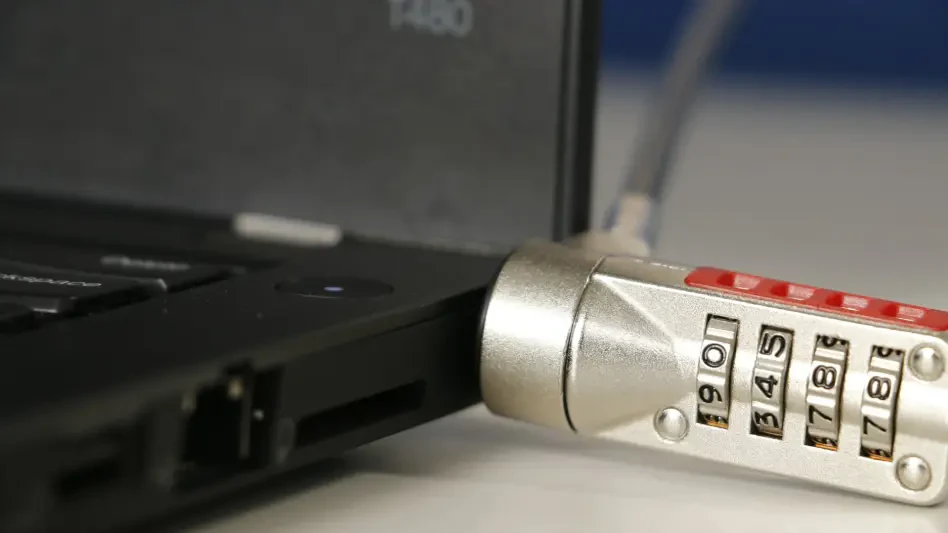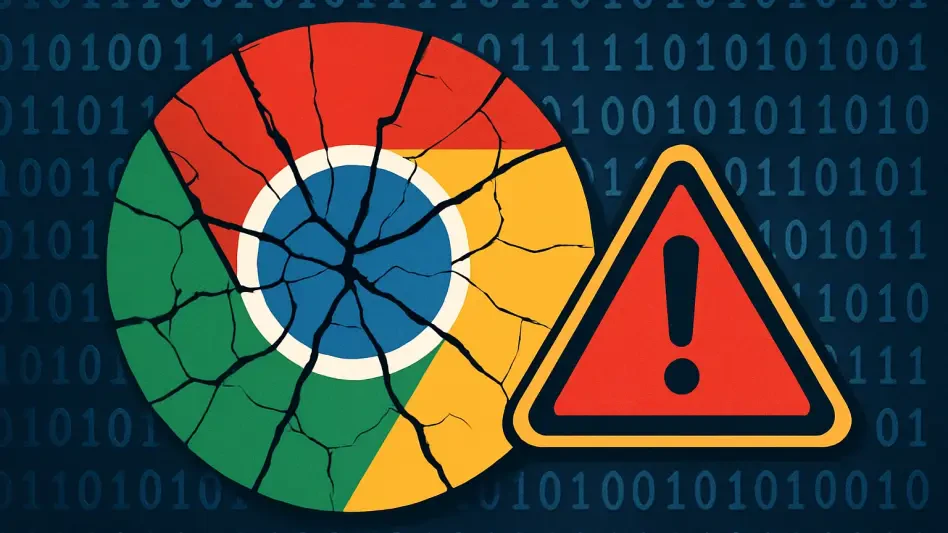In the world of digital communication, security vulnerabilities have always been a significant concern, yet the magnitude of risks related to satellite modem security often goes unnoticed. Recently, a major zero-day vulnerability identified in several Viasat satellite modem models brought to light the critical importance of safeguarding these devices. This flaw predominantly affects the RM4100, RM4200, EM4100, RM5110, RM5111, RG1000, RG1100, EG1000, and EG1020 models. Tracked as CVE-2024-6198, the vulnerability is found within the “SNORE” web interface on these modems, using the lighttpd server over TCP ports 3030 and 9882. Such security weaknesses can serve as open gateways for unauthorized access, posing grave threats to personal data integrity and overall network security. Understanding the technical root of the flaw and its implications becomes essential not only for the manufacturers and developers but also for every internet user relying on such modem connectivity for secure communication.
Unpacking the Technical Vulnerability
At the core of this security flaw lies incorrect processing of HTTP request environment variables by the modem’s firmware, specifically for the REQUEST_METHOD and REQUEST_URI. This flaw in HTTP request handling can be exploited in GET, POST, or DELETE requests, leading to insecure parsing of paths within the index.cgi binary. A significant aspect of this vulnerability is its ability to enable unauthenticated remote code execution (RCE), posing high-security risks. Such an RCE vulnerability with a CVSS score of 7.7 indicates its severe likelihood of exploitation. The process involves the unsafe use of the sscanf function, extracting URI components into a fixed-size buffer without adequately checking boundaries, resulting in a stack buffer overflow. Once this is compromised, attackers can manipulate critical registers, including the program counter, thereby controlling execution flows. Even with mechanisms like a non-executable stack, exploitation remains manageable through sophisticated techniques like return-oriented programming (ROP) chains, allowing attackers to execute arbitrary code.
The vulnerability impacts firmware versions below 3.8.0.4 for RM4100, RM4200, and EM4100 models, and up to 4.3.0.1 for others. This compromise affects the stability and security of modem operations, making immediate attention crucial from users and providers alike. Fixes have been implemented in later versions, with patches available in updates 3.8.0.4 and 4.3.0.2. However, for these updates to be efficient, users must verify their devices stay connected, accepting automatic over-the-air patches. The ongoing race against time to patch these vulnerabilities underscores the unpredictable nature of digital threats and highlights the quintessential need for regular security reviews and prompt corrective measures.
Medical Community’s Role in Identifying and Mitigating Threats
The identification and public disclosure of this vulnerability highlight the role of independent research labs like ONEKEY in maintaining device security. Their automated firmware analysis methods proved instrumental in detecting this issue, exemplifying the importance of proactive binary analysis in today’s interconnected digital landscape. This case represents a model for how vital coordinated disclosure processes are in resolving such vulnerabilities. The researchers collaborated closely with Viasat from May 2025, with the disclosure period culminating in public awareness by May 2025. Such timely action ensured mitigation strategies were in place for as many devices as possible, bringing to light the value of transparency in the realm of embedded software. It also points out the vital need for governance and infrastructure to adapt to these challenges, affirming strategic collaboration among stakeholders, including developers, manufacturers, and cybersecurity experts.
The incident serves as a wake-up call, underscoring how embedded systems, often perceived as innocuous components of internet architecture, can be significant weak links if not adequately protected. As satellite modems form the backbone of vital communication networks, their protection becomes integral to modern infrastructure reliability. The compromise of these systems not only jeopardizes individual data security but can potentially disrupt larger networks, vital in scenarios such as military operations, emergency communications, or international broadcasting. Safeguarding essential communication paths thereby becomes as much a responsibility for device manufacturers as it is for individual consumers. Planning future architectural frameworks around transparency and rigorous security standards is crucial in asserting both individual and organizational trust in technology.
Looking Ahead: Ensuring Secure Digital Connectivity
The central issue of this security flaw involves incorrect handling of HTTP request environment variables by the modem’s firmware, particularly REQUEST_METHOD and REQUEST_URI. This improper handling affects GET, POST, or DELETE requests, leading to insecure parsing within the index.cgi binary, and enables unauthenticated remote code execution (RCE). This RCE flaw is rated with a CVSS score of 7.7, highlighting a serious exploitation threat. The flaw stems from improper use of the sscanf function, which extracts URI elements into a fixed-size buffer without adequate boundary checks, resulting in a stack buffer overflow. When compromised, attackers can manipulate crucial registers such as the program counter, gaining control over the execution flow. Despite defenses like a non-executable stack, attackers employ advanced techniques like return-oriented programming (ROP) to execute arbitrary code. The vulnerability affects firmware versions below 3.8.0.4 for RM4100, RM4200, and EM4100 models, and up to 4.3.0.1 for others, endangering modem stability and security. Users are advised to upgrade to patches in versions 3.8.0.4 and 4.3.0.2, ensuring their devices accept over-the-air updates for effective protection. This vulnerability emphasizes the need for timely security updates and ongoing vigilance against digital threats.








